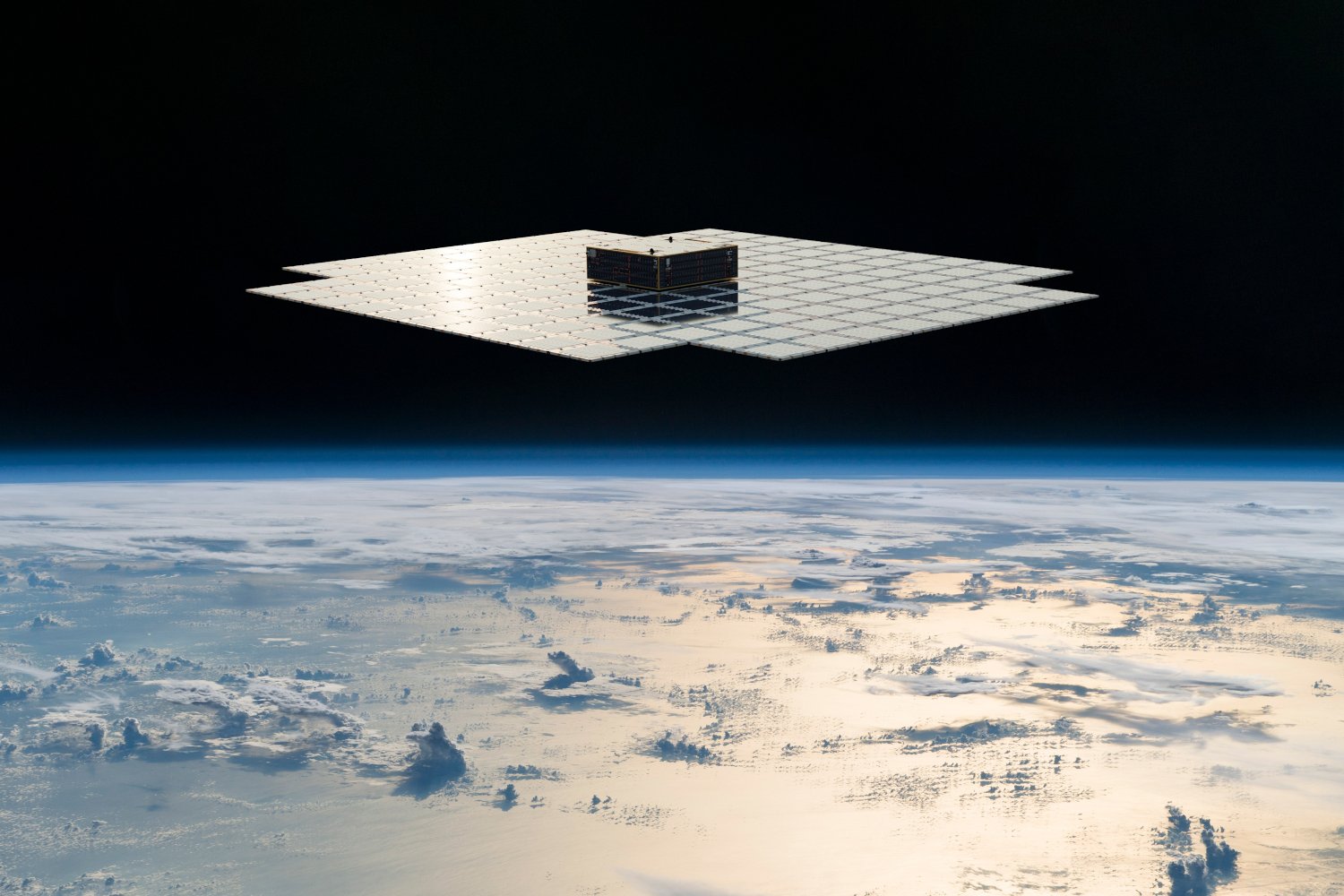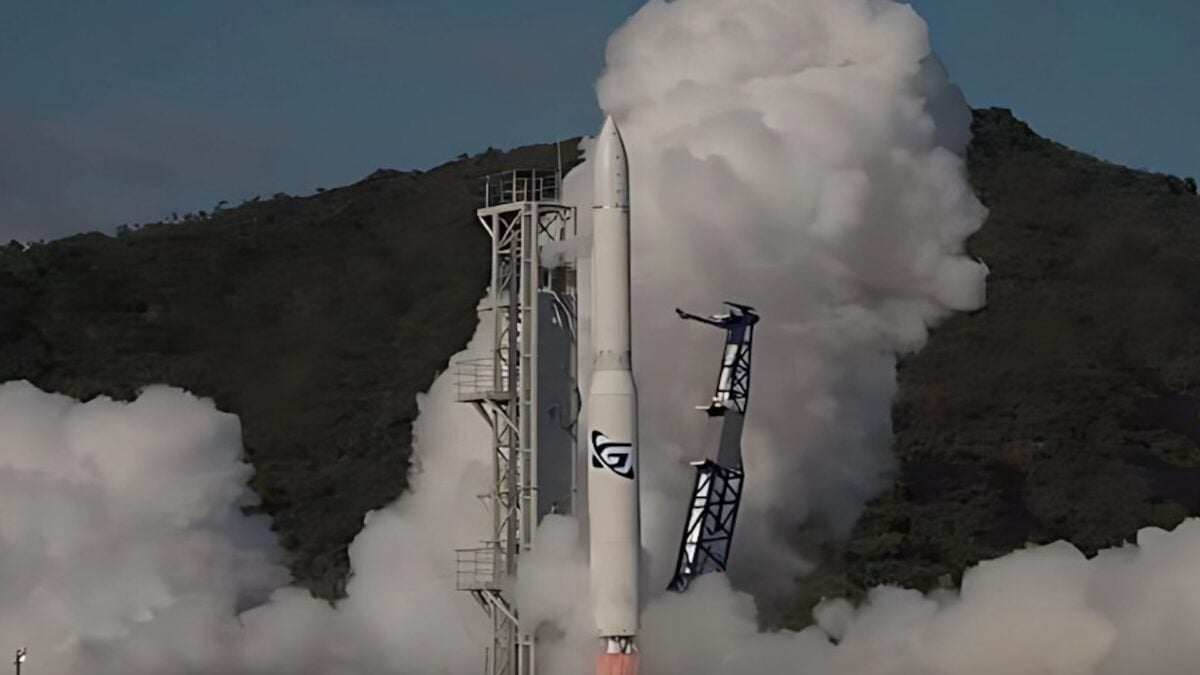SpaceX Has the Nerve to Be Mad About a Competitor's Massive Satellites Littering Earth Orbit

Despite owning more than half of the satellites currently in low Earth orbit, SpaceX is complaining about AST SpaceMobile’s BlueBird constellation and how it’ll introduce added risks.
In a letter sent to the Federal Communications Commission (FCC), SpaceX raised concerns that AST SpaceMobile poses a threat to the sustainability of low Earth orbit. Elon Musk’s space venture accused the Texas startup of underestimating collision risks in space and whether its satellites pose a threat to people on the ground during reentry. To be fair, these are valid concerns, but the accusations are laughably ironic coming from SpaceX. The company operates more than 7,800 satellites—currently around 60% of all satellites in orbit—and they’ve had more than a few close calls with other objects.
In a case of the pot calling the kettle black, SpaceX calls on the FCC to “carefully scrutinize” AST’s plan of launching its BlueBird satellite constellation to ensure it doesn’t “present untenable risks to space sustainability.” SpaceX claims that AST’s orbital debris mitigation plan “uses inconsistent and unrealistic assumptions to significantly downplay the risk of its satellites.”
AST SpaceMobile is seeking to create the first space-based cellular broadband network directly accessible by cell phones, but its satellites are obnoxiously big. The company’s prototype satellite unfurled its giant array in late 2022, outshining most objects in the skies except for the Moon, Venus, Jupiter, and seven of the brightest stars.
Prior to unfurling its tennis court-sized array, the satellite exhibited a brightness magnitude of around +3.5, making it visible to the naked eye. However, after deploying its antenna array, its brightness increased by about 2 magnitudes. Around two years later, AST launched five more satellites into orbit, which were just as large as the prototype, but future models could be even larger. The company wants to launch 243 more of its satellites.
A second-generation BlueBird is set to launch in the next few weeks following the FCC’s approval. SpaceX claims that AST’s proposed constellation is filled with “critical gaps and inconsistencies” that have to do with avoiding collisions with other objects in space and preventing debris from falling to Earth. In its letter, SpaceX warns that AST launching its satellite “without resolving these issues would be irresponsible, potentially subjecting all other operators in LEO (low-Earth orbit) to unnecessary risk.”
Although SpaceX’s Starlink satellites have not had an orbital collision incident, they have had a couple of close calls. In September 2019, the European Space Agency’s Aeolus satellite was forced to carry out an orbital maneuver to dodge a Starlink satellite. China also reported that its Tiangong space station crew had to conduct maneuvers in orbit to avoid the satellite constellation. The risk that the satellites pose for future collisions and space debris generation is a growing concern since they account for more than half of close encounters tracked in low Earth orbit, according to space tracking experts.
But there’s more to the hypocrisy and the accusations that SpaceX is levying at its rival. Similar to AST, SpaceX’s satellites have also been a visual orbital nuisance. Astronomers have raised concern that Starlinks are interfering with their observations of the universe, appearing as bright streaks in telescopic images. SpaceX was also involved in multiple disputes over the use of spectrum bands that interfere with other networks; the company has been accused of using its position in the industry as a main provider of rocket launches to coerce other companies, like OneWeb, to share their wireless spectrum rights.
The two companies are no better than one another, and they are locked in a competitive cycle as they both race to deliver satellite connectivity to smartphones. AST has previously accused SpaceX of attempting to “intimidate and bully” its competitors after Musk’s space venture sent a previous letter to the FCC last year claiming AST is spreading misinformation to try and hamper its work. As SpaceX and AST continue to squabble, both companies are contributing to low Earth orbit’s increasing congestion.









